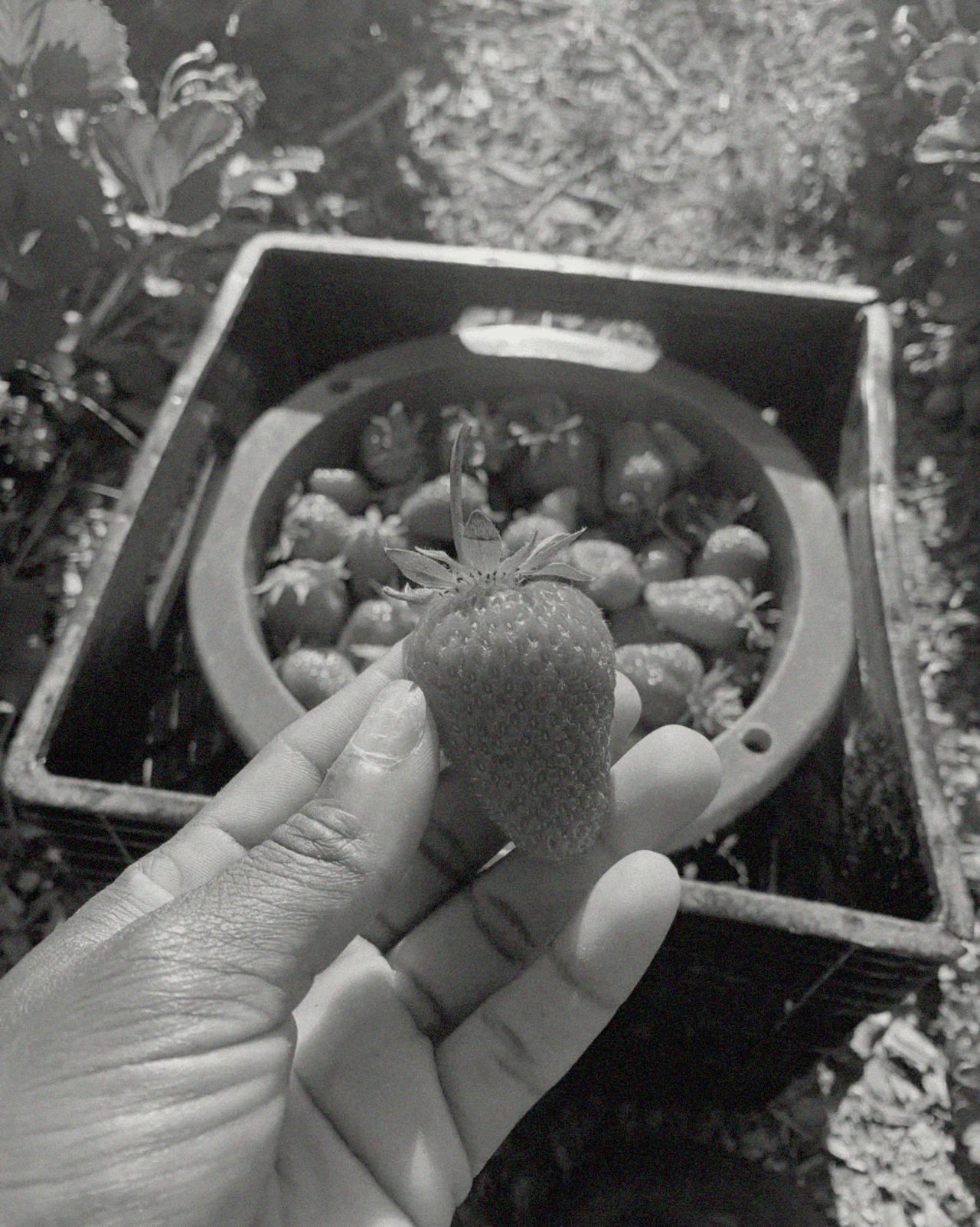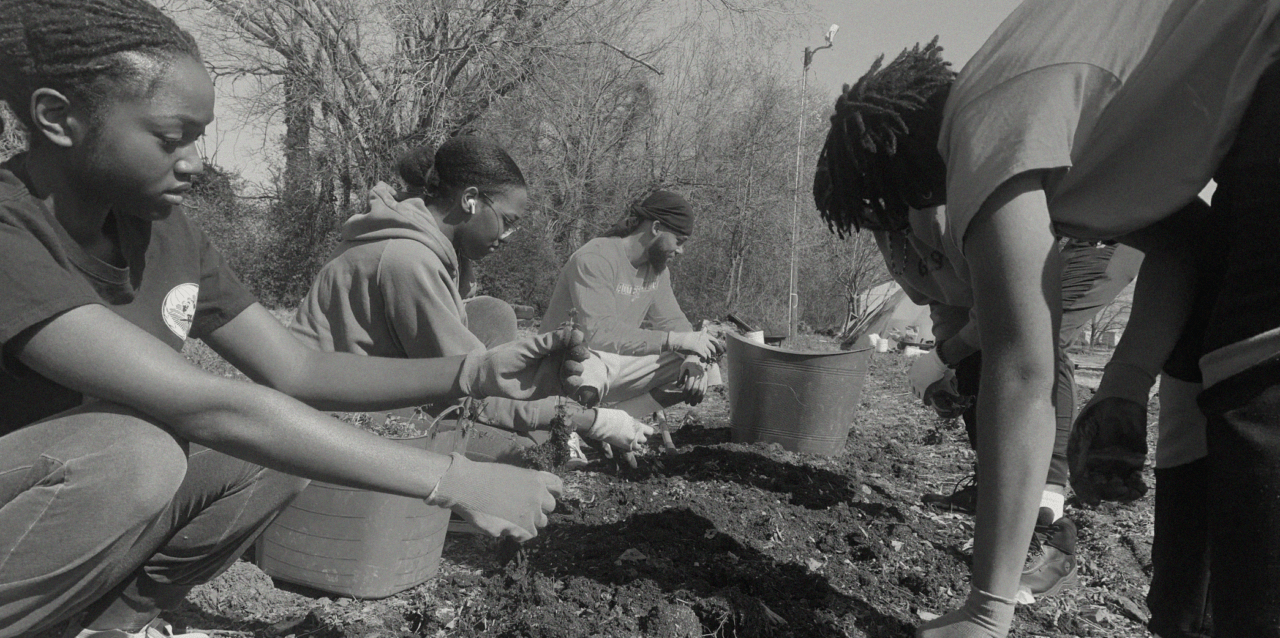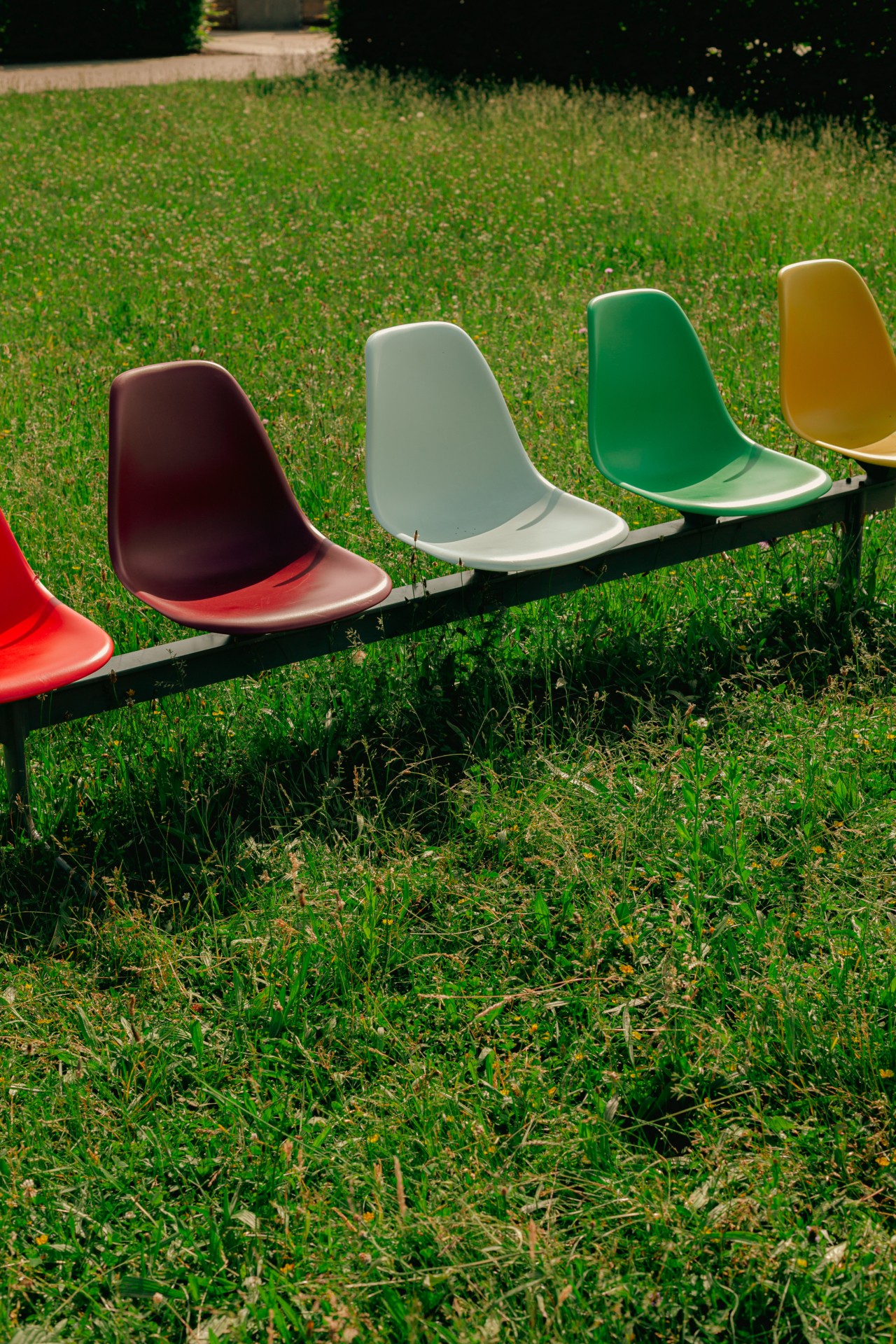

Photograph by Daniel Farò / Connected Archives
WORDS BY JASMINE HARDY
Nallah Muhammed spent her adolescent days climbing the trees of Asheville, NC. While peering at the alpine landscape from the branches above, she’d wonder why she didn’t see more people with skin like hers up there with her.
“Within Asheville I saw the socioeconomic divide,” she said. “Even though we were all surrounded by this natural beauty, [Black and Brown] people didn’t have the same level of access to it.”
This observation sparked Muhammed’s interest in environmental justice, leading her to a historically Black university that specializes in environmental topics. While attending North Carolina Agricultural and Technical State University, often abbreviated as North Carolina A&T, she connected with other Black students who were not only interested in the environment, but also willing to have in-depth conversations about Black people’s complex relationship to it.
These kinds of conversations were inevitable. Like most historically Black colleges and universities, or HBCUs, North Carolina A&T is located in a majority Black, low-income community in the South, a particularly vulnerable position when it comes to the effects of climate change. Sea level rise, extreme weather, and natural disasters are just one part of it; the environmental disparities that disadvantaged Black communities face such as pollution, food apartheid, and climate-vulnerable infrastructure, is the other. And although HBCUs in these neighborhoods are vulnerable to all of the same hazards, their students are in a unique position to uplift the communities they’re now part of.
Muhammed recognized this, which is why she and her classmate, Ivory Schley, decided to start a farm near campus. As an undergrad, the closest food option Muhammed had available to her was a fast food spot across the street; yet, at University of North Carolina Greensboro (UNCG) just a couple miles away, she noticed a market “with fresh fruits and vegetables and boba tea” at the epicenter of its campus. She wanted to create something similarly accessible for not only her classmates, but local residents as well.
Now that Muhammed and Schley have graduated, the farm has continued to inspire and feed current students and locals, encouraging the whole community to become more involved.
“When I was [at North Carolina A&T], it was individual people helping me; now, I have entire [campus] clubs and community members coming every day to volunteer and support.”
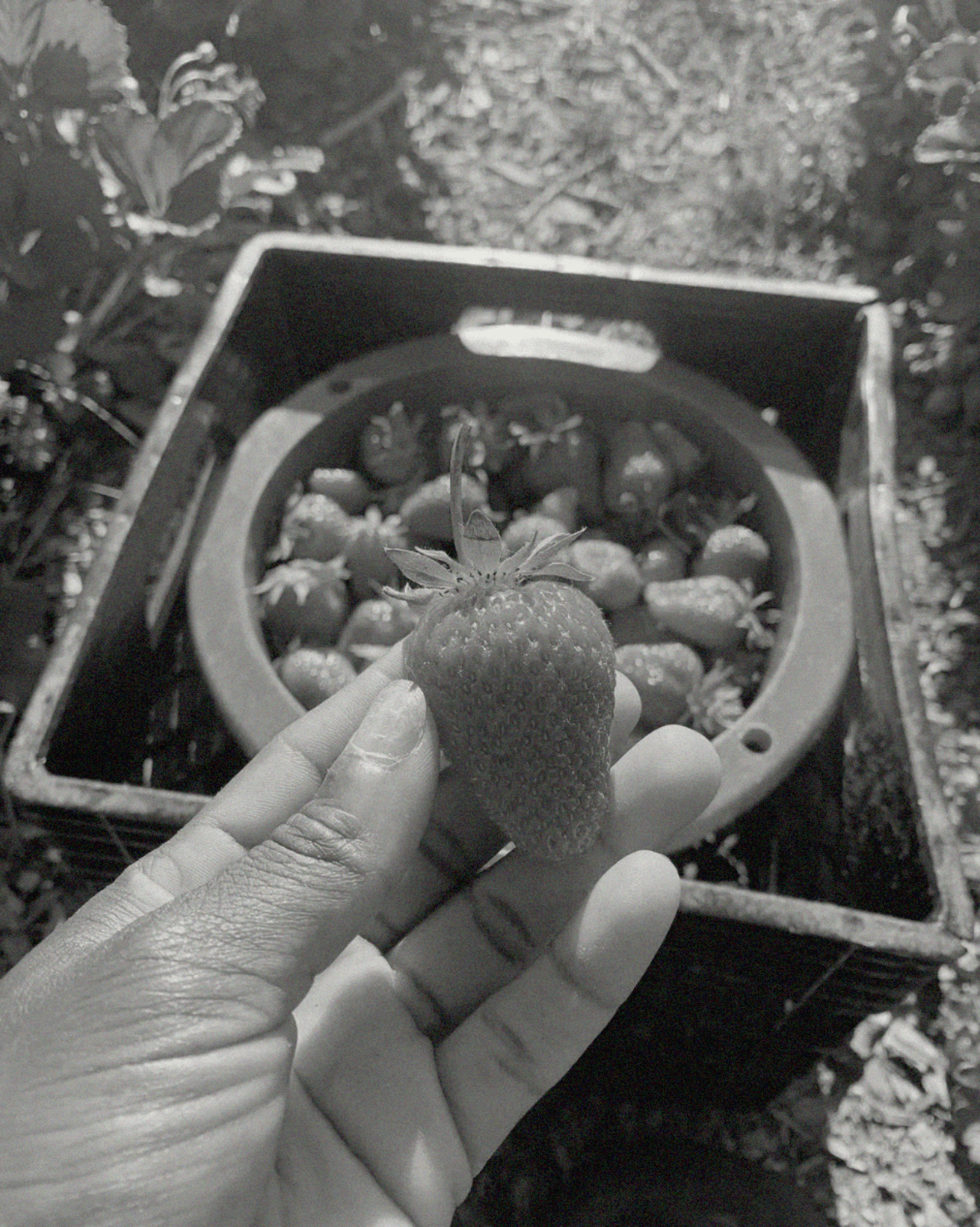
HBCU students refuse to allow themselves, their institutions, or their communities to be left behind in this transition to a greener, more climate-prepared world.
Like Muhammed, other HBCU students are also stepping up to help their campuses and communities become more sustainable. But being an HBCU student in the South is no easy task in the gruesome face of climate change. Extreme weather disasters have proven to be a barrier, while also unearthing the deep-rooted structural inequities between HBCUs and predominantly white institutions, or PWIs.
“It reinforced for me the importance of energy justice,” said Spelman University junior Sophia Boyd. “This would have never happened somewhere like Emory [University]—it happened because it’s the West End.”
She’s referring to a recent flash flood that swept through the Atlanta University Center (AUC), which is home to three prominent HBCUs—Spelman, Morehouse, and Clark Atlanta. This hub of historically Black universities is located on the westside of Atlanta, in another Black, economically stressed neighborhood. The flood submerged students’ cars and dorm rooms, making their lives as students that much more difficult.
“The fact that our sewers don’t work as efficiently as they do in the wealthier areas of Atlanta shows how important advocacy is for proper environmental infrastructure within our city,” Boyd continued.
Boyd, along with a cohort of other AUC students, are currently fellows with the HBCU Green Fund, a nonprofit organization that aims to advance the sustainability of historically Black colleges and universities and the communities they serve. Within the fellowship, students learn about, discuss, and spread awareness about these environmental justice issues.
Plus, fellows are in the midst of work that will make a tangible difference in the community, according to Illai Kenney, the managing director of the nonprofit and an HBCU alum.
“The fellows are doing an Earth fund project that will create access to green space in the west Atlanta area.”
This includes building a one-acre farm, helping to implement an electric vehicle shuttle route that will transport people from campus and the community to the farm, and organizing pop-up farmers’ markets.
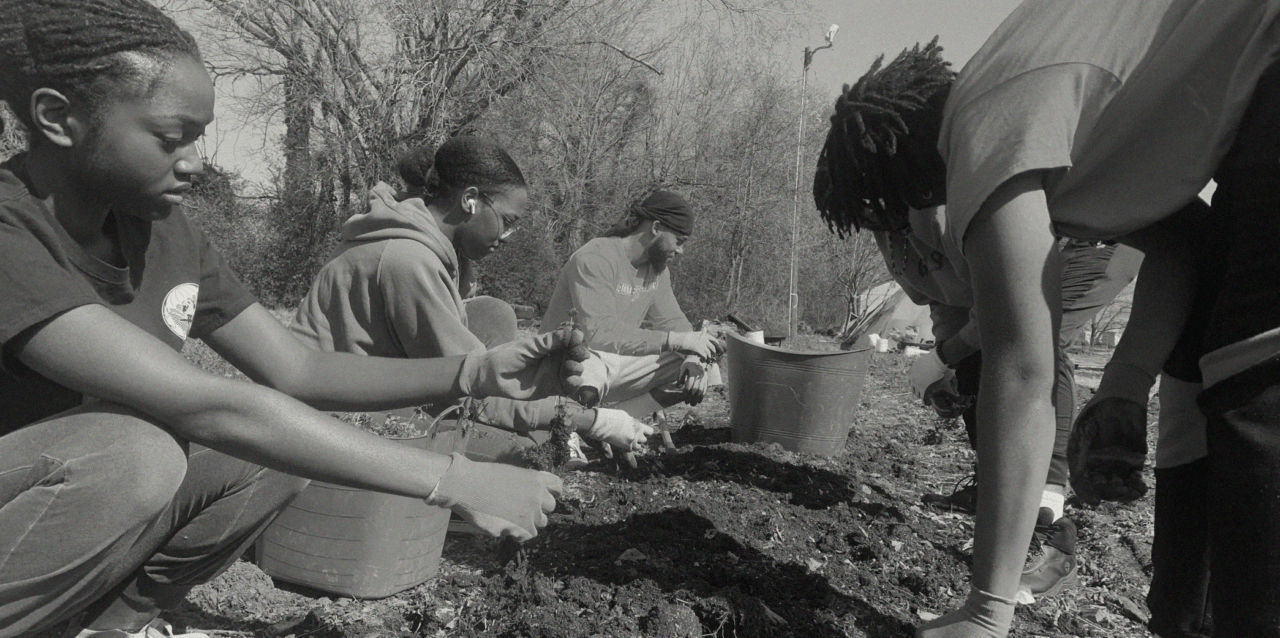
It’s evident that HBCU students are on the ground doing the work. Yet in the past decade, barely a handful of HBCUs have appeared on the most prestigious “top green colleges” lists, perpetuating the myth that Black people don’t care about the environment.
These rankings, however, don’t tell the full story. The Princeton Review’s annual green colleges list considers schools with “superb sustainability practices, a strong foundation in sustainability education, and a healthy quality of life for students on campus.”
But, Kenny says this criteria lacks important factors, like accountability for social impact.
“A lot of institutions would lose points if racism was considered. If your campus is racist, that’s not sustainable.”
But also, she explained, when an HBCU campus floods from the combined pressures of climate change and structural racism, the time, energy, and money spent dealing with the immediate impacts aren’t viewed as “sustainable practices” in this ranking process.
With HBCUs already operating on limited resources, this is time, energy, and money that could be going toward building more sustainable campuses—ones with healthy qualities of life and strong foundations of sustainability education that other schools are recognized for. Not only would students be better able to serve their communities, but they’d also be more competitive when trying to secure a job in the growing green job market, where they could continue uplifting their communities post-graduation.
Regardless, HBCU students refuse to allow themselves, their institutions, or their communities to be left behind in this transition to a greener, more climate-prepared world. And their increasing presence at events like the annual HBCU Climate Change Conference shows how dedicated students are to this charge.
“Every year it’s gotten bigger and bigger,” said conference founder and environmental justice leader Beverly Wright. “This year, we had over 100 young people submit abstracts.”
The conference, which kicks off today in New Orleans, invites students to present their research on climate justice issues to an audience of fellow HBCU students, faculty, climate researchers and professionals, as well as the coastal community residents who are impacted most by climate change. All of these groups come together to discuss these pressing issues—and students get to return to their communities with real solutions.
Still, many of the ideas birthed in these spaces can only materialize with the help of one essential component: money. According to letters written by the White House just last month, land-grant HBCUs have lost out on over $13 billion in state funding in the last 30 years. Some of this is due to outright denial of equal funds from the government, but some of it is more covert, like states giving wealthier universities certain advantages in order to access funds that were never intended for them in the first place.

“The more resources you give people, the more of their true selves you’ll see.”
For example, when grant money is available, PWIs can use their abundance of resources to invest in professional grant writers or even grant writing machines to access it before the institutions that need it the most. It’s an uphill battle for HBCUs, who often don’t have the capacity to compete.
“It’s like that saying—putting clean water in a dirty bottle,” said Wright. “Racism is structural and systemic; there may be rules, but if there’s nothing regulating it, then it’s white universities that get the money. That’s the unevenness of this process.”
But Wright is hopeful that this trend is changing, specifically due to the Biden administration’s Justice40 initiative, which promises to “deliver at least 40% percent of the overall benefits from Federal investments in climate and clean energy to disadvantaged communities.” It’s also the first time the dispersal of those benefits will be closely monitored, a scorecard ensuring funds go only to the communities that qualify. Part of Wright’s work is making sure this money is justly implemented and advancing climate-impacted Black communities while the Biden administration is still in office.
“This is our best chance for success,” explained Wright. “It’s the first time a structure has been put in place based on lessons learned and where we’ve got all the pieces necessary to make sure we receive these funds. We have less than two years to get this done. Now, time will tell.”
Remediating decades of neglect and underfunding in both HBCUs and their local neighborhoods is bound to take time; but students are acknowledging that climate change won’t wait, so neither can they. Through flooded campuses and food apartheid, they continue to push through, doing the best they can for their classmates and communities with the resources they do have. And although the responsibility to improve conditions does not fall into their hands, they’ve decided to clasp on to it anyway, because it is them and their communities who have the most to lose if their institutions don’t survive.
“All we ask for is reasonableness and equity,” said Kenney. “Once that happens, HBCUs will sustain themselves.”
After all, she continued, this is a community that has always been resourceful: “The beautiful thing about the culture is that sustainability is deeply ingrained in it. The more resources you give people, the more of their true selves you’ll see.”
HBCU Students Are Fighting For Greener Campuses
